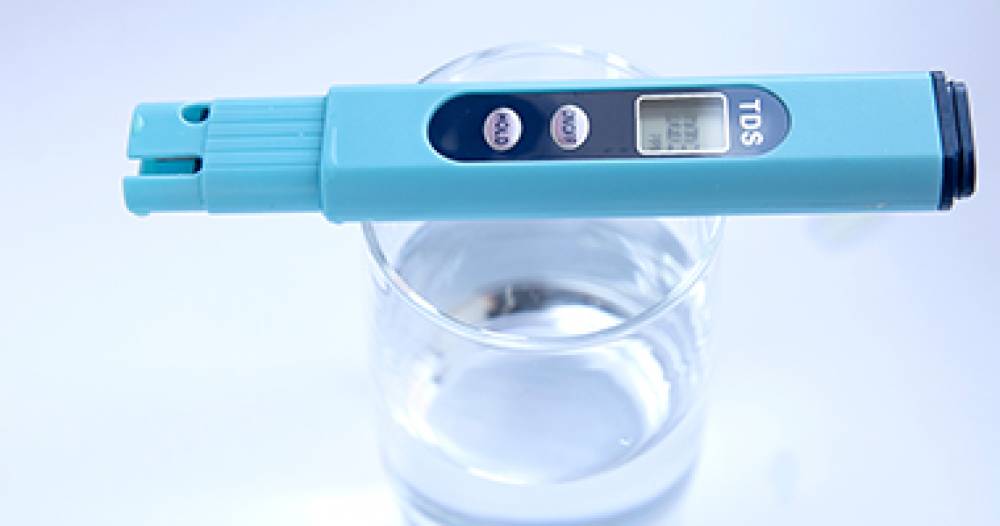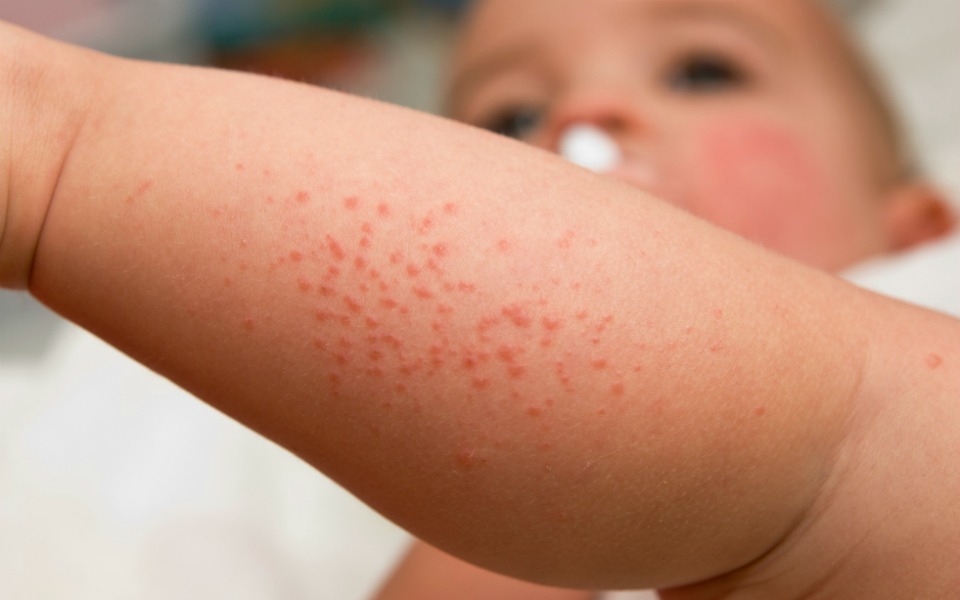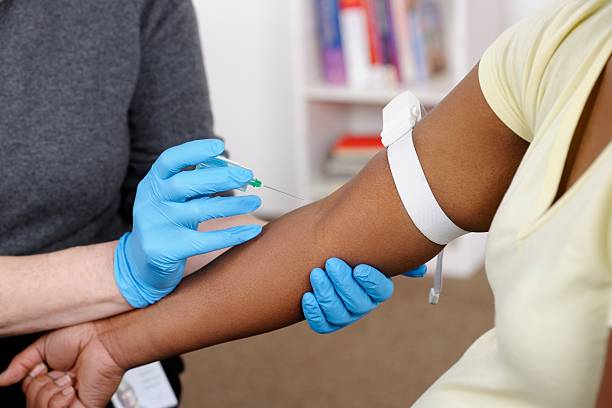Total Dissolved Solids (TDS) is a metric used in water treatment that measures all dissolved minerals, salts, chlorides, metals, organics and many other contaminants in water. TDS impacts water conductivity and is related to corrosion, chemical efficiency, water clarity, and is an often-forgotten factor in the LSI.
TDS chart for drinking water is typically measured by testing the conductivity of the sample water being tested. Conductivity can be found using an electronic conductivity meter or by using a simple conductivity test kit. To calculate TDS from a conductivity measurement use this formula:
TDS(mg/L) = Conductivity(S/m) x 17.1 x 1000
For example if your sample has a conductivity of 400 S/m then its TDS would be:
400 S/m x 17.1 x 1000 = 8200 mg/L
Recommended TDS levels
Freshwater Pools
Total Dissolved Solids (TDS)
Total dissolved solids (TDS) is a measure of the total amount of all inorganic and organic substances that are dissolved in water. It is usually expressed as parts per million (ppm). TDS levels can be adjusted by adding chemicals to the water, such as sodium hypochlorite.
The ideal range for TDS in swimming pools is between 500-2500 ppm. The lower end of this range would be desirable if you have a saltwater pool, or if you are using an ozone system to sanitize your pool. Above 2500 ppm, the water will be cloudy and may have a soapy feel.
Saltwater Pools
As you can see, there is a lot of information packed into this one chart. This is due to the fact that there are so many variables that go into water chemistry. There are multiple types of chlorine, different levels of pH, alkalinity and ORP (oxidation reduction potential) that affect how chlorine works in pools.
There are also several ways to test for TDS (total dissolved solids) in pools. The first two methods are pretty straightforward: 1) use an electronic TDS meter or 2) use a test kit with drops that have been calibrated specifically for pool water testing. The last method is a little more complicated and involves using an ORP meter and some maths skills to figure out what the TDS level is based on the ORP reading.
We will cover all three methods in this article as well as explain how to interpret results from each types of water test kit so you can make sense of your water testing results!
What substances contribute to TDS?
TDS is dominated by salts and minerals (primarily sodium and calcium-based), but also includes chlorides, metals, ions like bicarbonate and carbonate alkalinity, nitrogen compounds and organics. Pretty much anything dissolved in water. Of that list, dissolved heavy metals are usually the smallest contributor to TDS.
The Environmental Protection Agency (EPA) has set a maximum contaminant level of 500 mg/L for TDS in drinking water; anything above that is considered unsafe by the government.7 However, the EPA also states that “some people who drink water containing very high levels of certain contaminants over many years may experience problems with their kidneys or other parts of their urinary systems.” So it’s probably not a good idea to drink from any source with a higher concentration than 500 mg/L.8
How to measure TDS
TDS is a measure of the total dissolved solids in your water. Total dissolved solids (TDS) is also known as total suspended solids or total dissolved solid. TDS is used to determine the quality of water and wastewater.
Total dissolved solids can be measured using different methods. The most accurate way to test for TDS is with a conductivity meter, which measures the conductivity of your water. Conductivity increases with higher TDS, and a digital probe can easily tell what that conductivity is. Proper maintenance and calibration of any total dissolved solids instrument is critical to the accuracy of the test. With a properly calibrated instrument, test results can be quick and precise.
Read More About Zara Techs.



